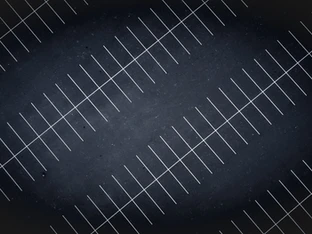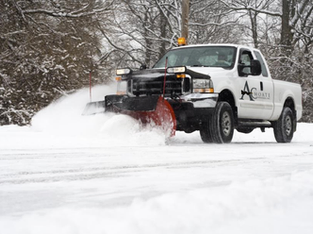The good, the bad, and the ugly of Asphalt removal methods. When tackling asphalt removal projects, the choice between milling and sawcutting can significantly impact the outcome. Let’s delve into the pros and cons of each method:
Sawcutting Asphalt Method

What is Good
Clean, Uniform Edges: Sawcutting provides a precise edge, ideal for projects requiring meticulous detail and accuracy.
Minimal Underlying Fractures: Unlike jackhammering, sawcutting minimizes fracturing of the underlying layers, resulting in a polished finish.
What is Bad

Environmental Impact: Despite its precision, sawcutting poses environmental risks. The process can contaminate drainage systems and contribute to the release of toxic slurry into streams.
Adhesion Challenges: Residual slurry from sawcutting may hinder the effectiveness of edge sealers, compromising the integrity of repairs.

Risk of Sinkage: Water from the slurry can disrupt the stone layer beneath, leading to sinkage around patch edges.
Sawcutting may result in overcuts on edges, creating weak points in asphalt patches and reducing their durability.
Overcuts:
Milling Asphalt

What is Good
Rapid Removal: Milling boasts fast asphalt removal rates, minimizing disruption to tenants and ensuring efficient project completion.
Precise Control:
With depth control capabilities, milling provides accurate cuts, eliminating the need for depth change orders and delivering uniform edges.
100% Environmentally Sound: Milling is an eco-conscious solution for asphalt removal. 100% of the milled material is recycled, and since it doesn’t require water, there’s no generation of toxic slurry.
Enhanced Repair Integrity: The dry, clean, and scarified edge produced by milling ensures optimal bonding between asphalt layers, with edge sealers adhering seamlessly for durable repairs.
What is Bad
None! Milling emerges as a method with virtually no drawbacks, offering a superior solution for asphalt removal and repair.



